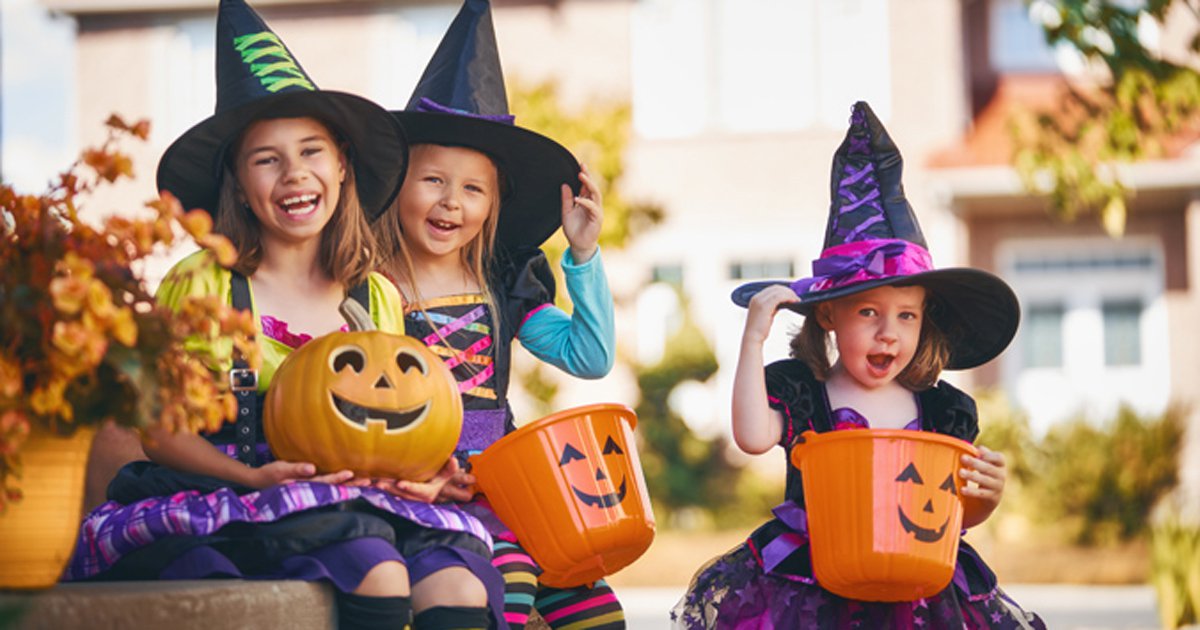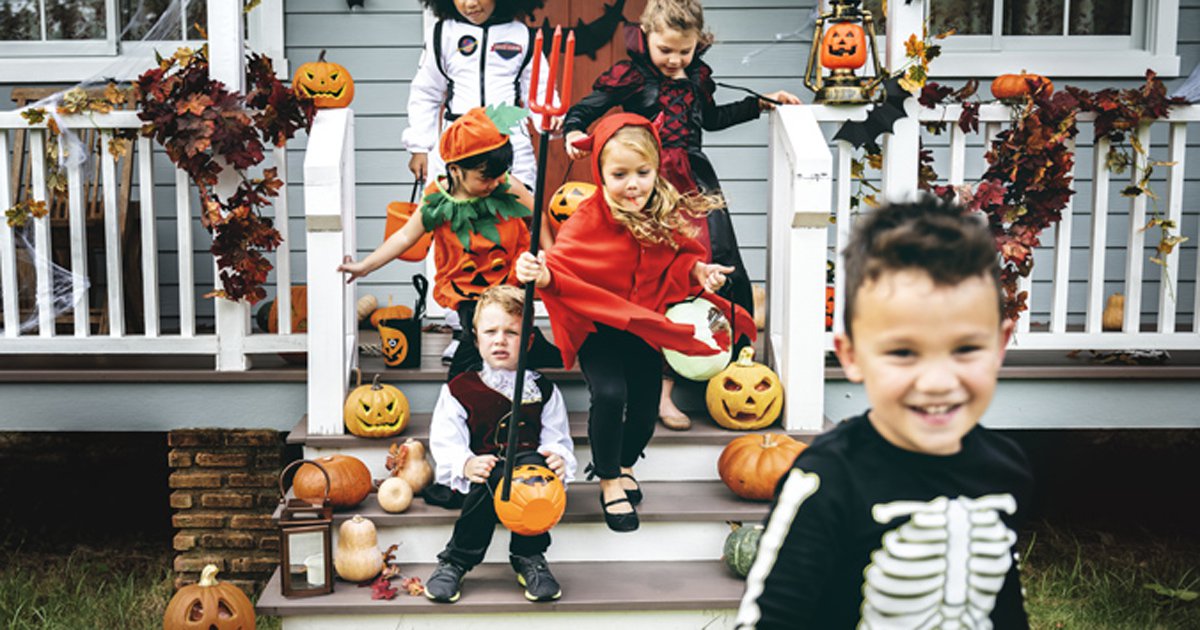Halloween traffic fatalities a reminder to make residential areas safer for kids

On Halloween, children are encouraged to be creative, engage in physical activity and be more involved with their communities by trick-or-treating. Research published in JAMA Pediatrics suggests that Oct. 31 is also associated with a 10-fold increased risk for pedestrian mortality among children aged 4 to 8 years.
“Trick-or-treating usually entails groups of children walking along unfamiliar routes at dusk,” John A. Staples, MD, MPH, clinical assistant professor in the University of British Columbia’s department of medicine, told Infectious Diseases in Children. “Halloween masks often impede peripheral vision while many costumes limit visibility to drivers. Unsafe street crossings might be encouraged by Halloween’s carnival-like atmosphere, with some pedestrians crossing the street dozens of times in the course of the evening. All of these features may put younger pedestrians in harm’s way.”
He added that while many children are trick-or-treating, drivers are rushing home from work or are traveling to Halloween events. Some drivers may be impaired by alcohol. Additionally, gory neighborhood decorations can be distracting to both drivers and children, which makes both groups less attentive and more likely to put pedestrians at risk.
Staples and colleagues examined 42 years’ worth of data on pedestrian fatalities, reported between 1975 and 2016. In their analysis, the researchers compared the number of pedestrian fatalities that occurred between 5 p.m. and 11:59 p.m. on Halloween with the number that occurred during the same hours on two control dates (Oct. 24 and Nov. 7).

Results showed that more than 1.5 million traffic-related pedestrian fatalities occurred in the U.S. during the entire study period, involving 2,333,302 drivers and 268,468 pedestrians. On 42 Halloween evenings, 608 pedestrian fatalities were reported. During the 84 control nights, 851 pedestrian fatalities occurred. The average mortality rate was higher on Halloween (2.07 per hour) compared with control nights (1.45 per hour).
Staples and colleagues calculated that the relative risk of pedestrian fatality on Halloween was 43% higher than during control evenings (OR = 1.43; 95% CI, 1.29-1.59), resulting in four additional deaths on Halloween nights.
Children aged 4 to 8 years were at a 10-fold increase risk for traffic fatalities (OR = 10; 95% CI, 5.23-19.11), the researchers said. Although these risks were comparable over the years, the absolute risk for pedestrian mortality decreased per 100 million Americans between the 1975 and 2016 (4.9 to 2.5).
Variables like driver demographics, crash location, vehicle size, pre-crash maneuver and police-reported alcohol involvement or excess speed were similar when the researchers compared control dates and Halloween.

According to the researchers, most pedestrian deaths each year take place in residential neighborhoods. These fatalities stress the need for sidewalks, safe street crossings, adequate space for play and better control of traffic, they wrote.
Staples said that pediatricians can remind patients and families to plan for a Halloween night that is both safe and fun.
“Trick-or-treaters of all ages should be reminded to stay on sidewalks, minimalize road crossings and look both ways before crossing the street,” he said. “Parents can improve visibility by adding lights or reflective patches to costumes. Parents should also be reminded to supervise younger children.”
Furthermore, Staples said that pediatricians can remind parents not to drive if they have consumed alcohol, cannabis or other drugs and to practice safe and slow driving in residential areas. – by Katherine Bortz
Disclosures: The authors report no relevant financial disclosures.
